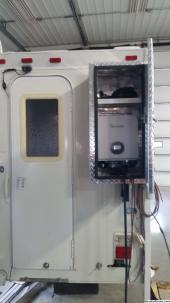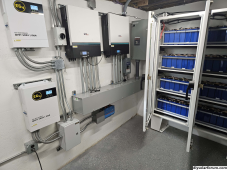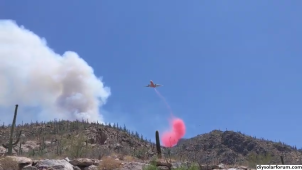I can see the rubber for electrical isolation - but if it were to catch fire, rubber burns/makes smoke - I think this is why they use the fiberglass sheets between the cells typically: electrical isolation without being a smoke/combustion supporting material.
Fire Marshal told me once: "Smoke kills far more people than fire"
Dry wood is a fantastic electrical isolation material, wet wood not so much.
on the flip side, dry wood can burn easily, but wet wood not so much.
I built my DIY cells into packs in birch ply boxes too, and like
@timselectric I was mostly concerned about the isolation of the cell cases so used fiberglass sheets in some, and the stuff they call 'fish paper' (you see this in electronics; kinda green stiff paper stuff) in the others, since it was thinner and cheaper than the fiberglass sheets. I like the physical protection of the birch boxes, using a non-conducting material instead of metal, lets' me sleep better.






